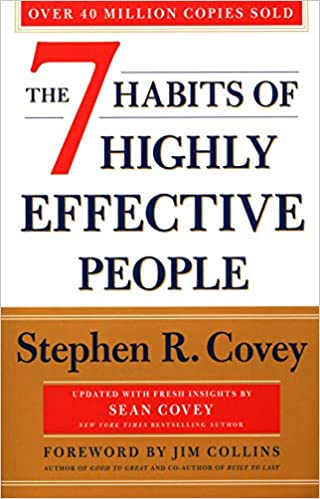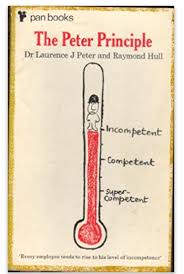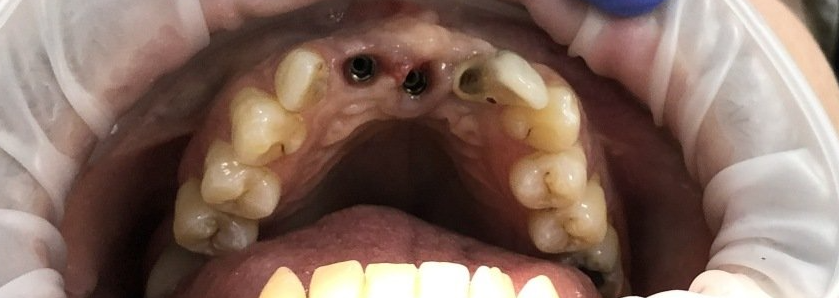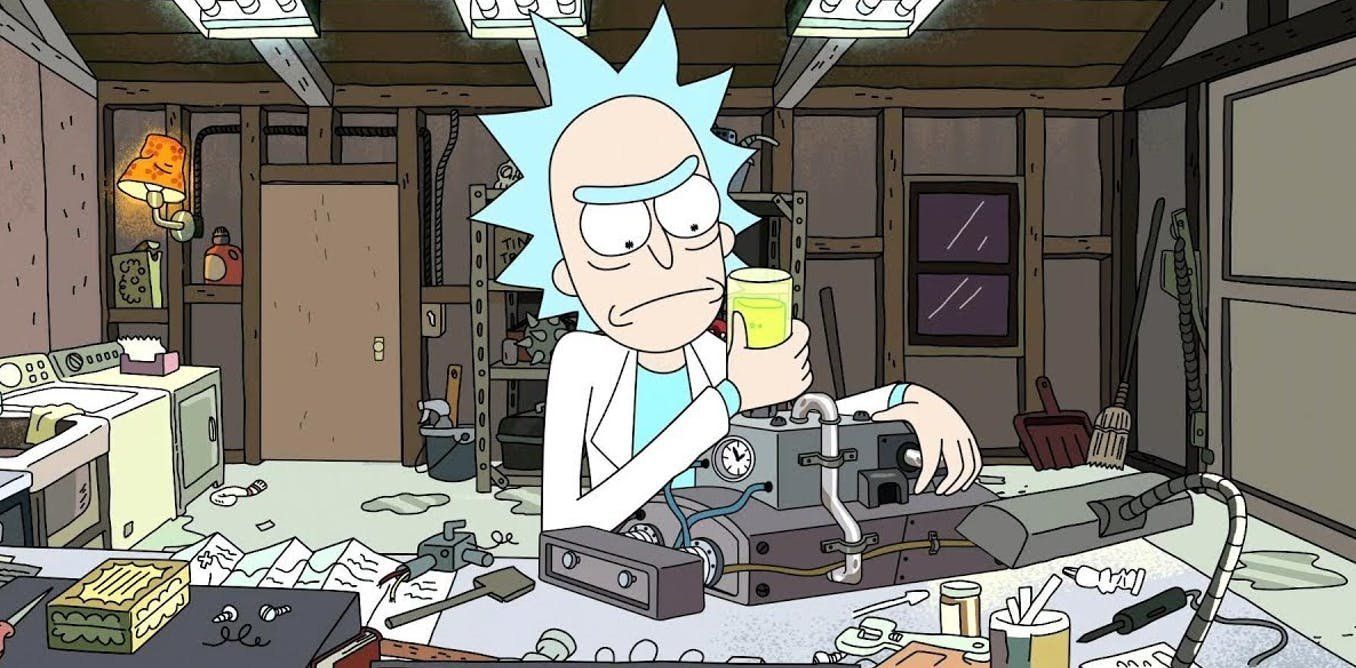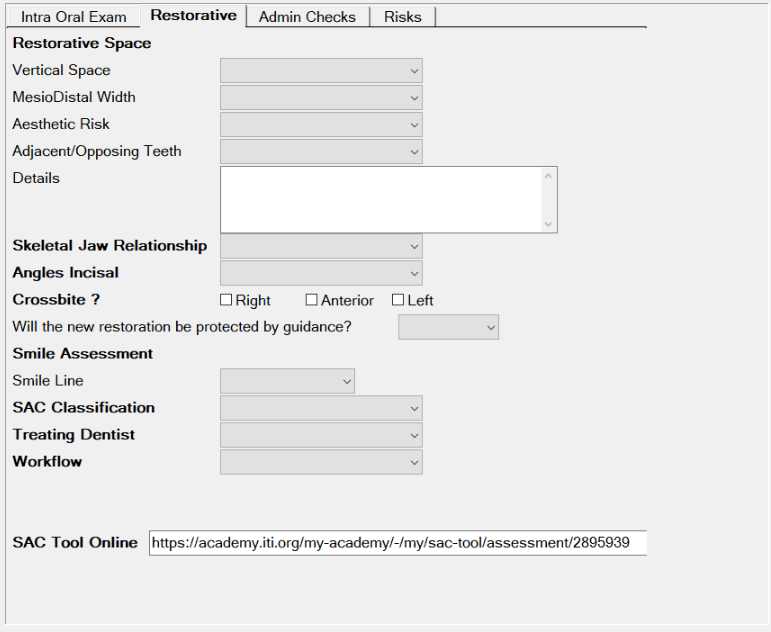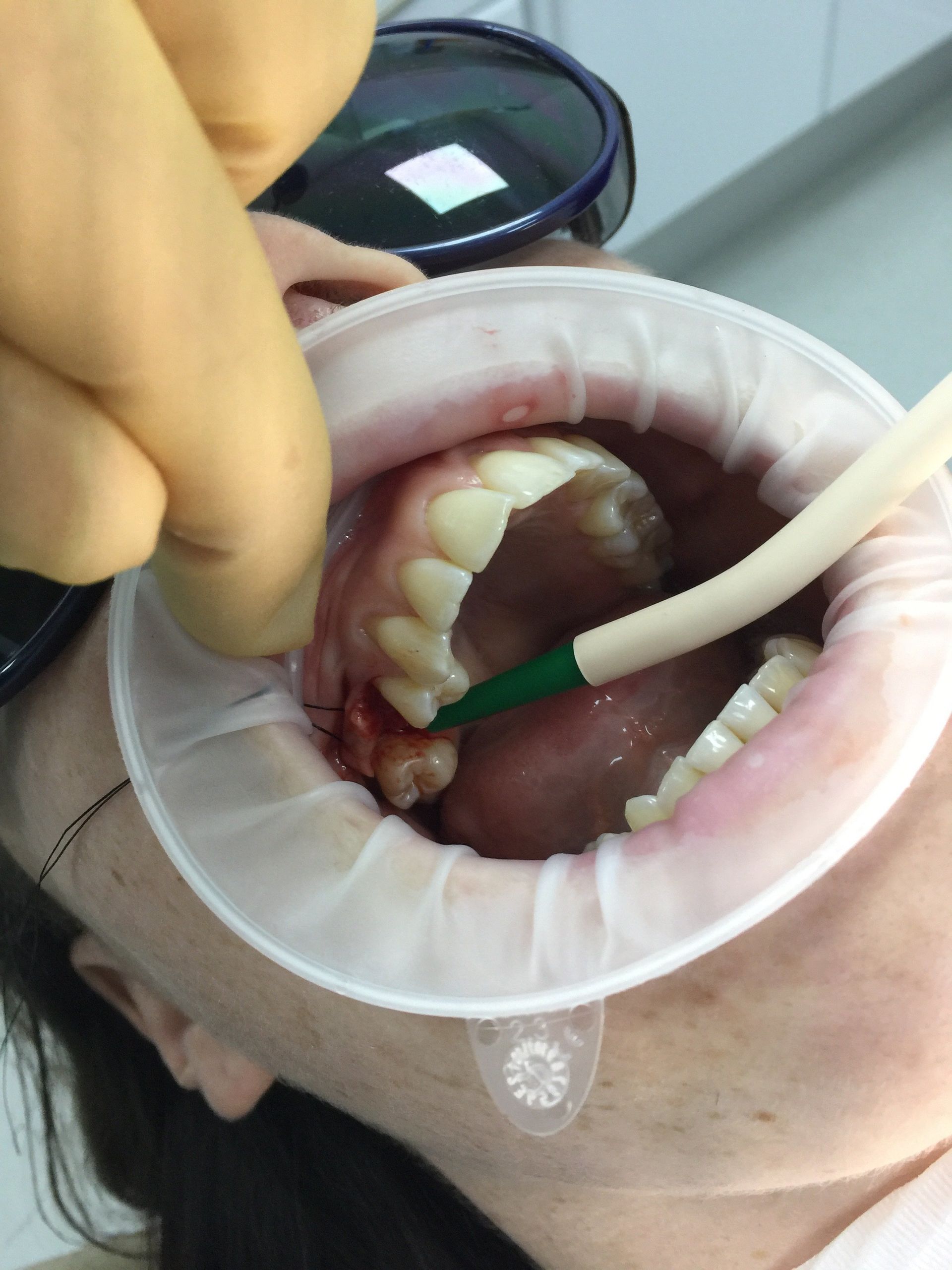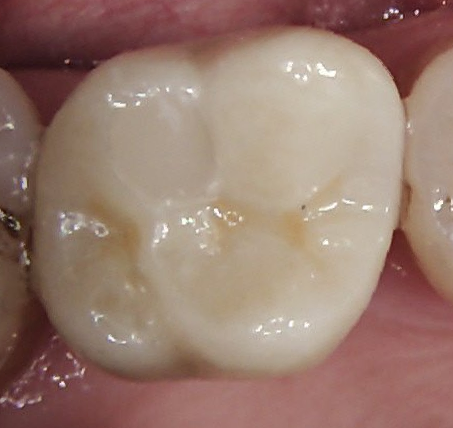7 Habits of Highly Successful Implant Surgeons
Do you sometimes feel like you are just hanging in there?
I find the best way to reduce stress in my working life is to have routines and protocols for the day to day stuff so that when things get challenging, it is more fun that frantic.
I'm not talking about becoming an automaton and carrying out treatment or due process without consideration, just merely having a framework to work around to reduce the number of decisions that have to be made on the spot.
One of the best books to read for any professional is the "Seven Habits of highly effective people" by Stephen R Covey you will hear people refer to specific tasks in daily conversation. This article refers to this book as it identifies habits that help you achieve your goals, and dentistry isn't so different.
There are many other great texts to read that also apply but I decided to steal this title.
The basic principles of implant care are really quite simple:
- Risk Assessments
- Patient expectations
- Clinical considerations
- Implant placement
- Restoration
- Design & Planning
- Good guides - the nearer to fully guided the better
- Contemporaneous log of treatment
- Audit & Review
Ok, I know that is not neatly 7 but it's close enough.
- Risk assessments should be ordered and methodical. I use a custom screen on Exact, and before you ask - No! it is not prefilled, all data fields have to be clicked on for a response or it stays blank. Atul Gawande wrote "The Checklist Manifesto - How to Get Things Right" with me specifically in mind, I think. If you don't have a custom screen available, then the ITI have the SAC assessment tool, which will give you an idea of the complexity of the case, and you can print this as a pdf and save it in the patients notes, but it only tells you how complex it is, a comprehensive assessment of patient expectations and clinical considerations is absolutely essential, and if you don't know what this means the ITI have some great links to CPD on this.
- All implants should be planned based on the final restoration, and any radiographic imaging (esp. CBCTs) should ideally be directly related to the guides you are using and not just a guess. You don't have to run out and demand the latest digital 3D intraoral camera to do this either. Making a denture with a radio-opaque tooth before the xrays, and converting this to a guide can be almost as good.
- It is not controversial to say that guided surgery is now definitively more accurate than freehand placements, so the closer you can get the better. Good planning at the beginning makes life easier as mistakes are only amplified the further you get down the treatment sequence. Your lab will love you and your implants will suffer less from inflammation and infection. Do not accept poor quality guides from a laboratory, even if you think they have years of experience, it is really stressful using a guide that isn't stable and doesn't really help, and even worse value for money if you don't use it. Having a guide is not a defence for a poor placement!
- If you are not keeping a log of the treatment, along with the types, makes and serial numbers of the implant hardware you are using, then you should not be placing. It is your moral duty to make sure the patient has a product that can be traced and replaced with the least amount of stress, and this includes taking responsibility for choosing a company to supply you when they might go bust!
- Checking that the patient is looking after your implants is your responsibility, even if you delegate it to your referrers or auxiliaries. People referring to you need to know what they are looking for when it comes to failure and need to report it early. Auditing your success annually (or even per implant) will allow you to improve your technique("sharpening the saw"), as long as you are totally transparent and honest with your self-reflection.
Whenever someone asks me about mentoring I like to know that the above principles are in place before we start, I think they have to be regarded as the basic minimum when it comes to implant treatments.
ID Blog


